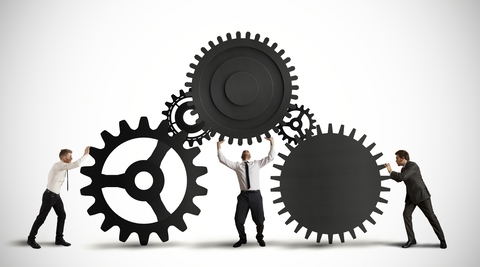WordPress is hands down the best blog platforming available. It works right out of the box and is really easy to use. However, there are a few things you should do every time you setup a new blog. Here is a breakdown of the 10 things you should change when you first start a new blog:
1. Delete the Default Posts
Nothing looks more unprofessional than a brand new blog with it’s “Hello, World” posts still on the site or in the archive. Delete them right away. This will make your blog look more professional right out of the gate. If you want things to look even better, then have at least 5-10 posts already published before you turn your blog on.
2. Change the Default Theme
There are now probably millions of blogs out there now that used the default WordPress theme. You need to separate yourself from the pack and have a less used design. You literally have thousand of options on the theme front. Take the time to find a theme and alter it to suit your needs. You’ll thank yourself later.
3. Change Your Blog’s Tagline
Go to your general settings in the WordPress dashboard and immediately change your tagline. By default it says “Just another WordPress Blog.” I’ve been many established blogs that still have that as their tagline. Take five minutes to come up with something unique. It will look more professional in the long run.
4. Change your Timezone
Also in the general settings, change your timezone to your own. This will save you lots of frustration when you can’t figure out why your scheduled posts aren’t going out on time.
5. Select Your Permalink Structure
Many WordPress blogs leave the default permalink structure which is a mess and doesn’t give search engines a good idea of what a page is about (it will be PHP links with ? and other symbols). Immediately change your permalink structure so they appear as something like this: http://www.yourblog.com/category/post.
You can customize it any way you want, but I recommend the simple day, month, year, subject format. It’s pretty standard. Keep in mind, on a self installed WordPress installation it may take approximately 30-60 minutes for the new permalinks to work.
6. Activate Akismet
Register for an account at WordPress.com to get a WordPress API Key. This will allow you to use the spam fighting goodness of Akismet. Akismet is a fantastic tool for battling spam on your blog and you’re going to need it. As soon as you turn a WordPress blog on you’ll begin to attract spambots.
7. Activate Key Plugins
Be sure to install and activate all the key plugins you’re going to be using. This could be your SEO plugins, analytics or more mundane things like your Twitter feed. Activate them all at once so you don’t have to keep going back and forth to the Plugins page to do so.
8. Set-up Widgets
By default, WordPress chooses the sidebar widgets. You need to change this immediately to the specific ones you are planning on using. It’s best to do this after you’ve activated all your plugins as some widgets may depend on the relevant plugins being activated. Be sure to arrange the widgets the way you want and always double check how they look by having your blog open in another window.
9. Enable XML-RPC Publishing
This is a relatively minor setting to change, but if you plan to use your own software program to post to WordPress and bypass the dashboard, then you’ll need to activate this checkbox. It will allow you to use powerful tools like MarsEdit to post to your blog in a much faster way.
10. Setup Categories
Before you start posting, you need to decide on what categories your content will go in. It will look terrible to have all your posts in the ‘uncategorized’ category. It can also get unmanageable to come up with your categories on the fly as you post. It’s best to sit down beforehand and come up with a category structure that you’ll stick to.
So there you have it, a rundown of the things you should change right after you setup your blog. The next step is to install some plugins.

